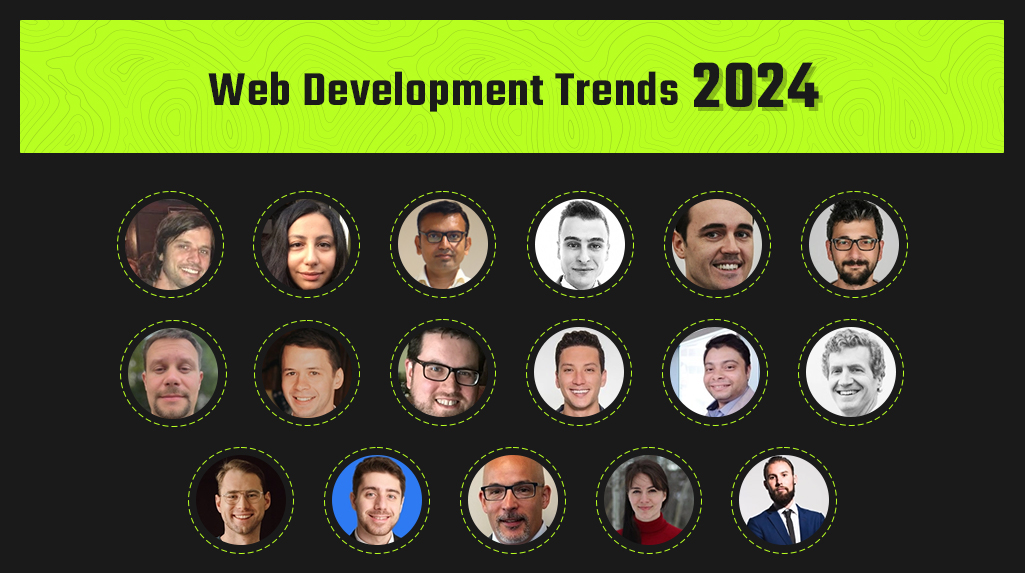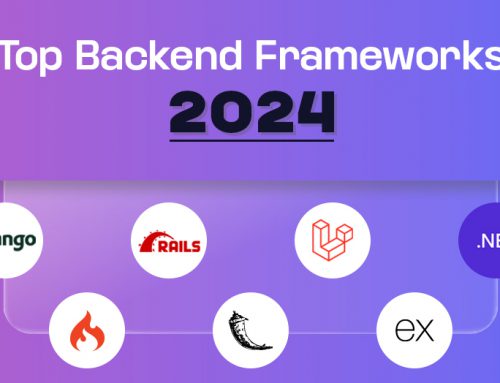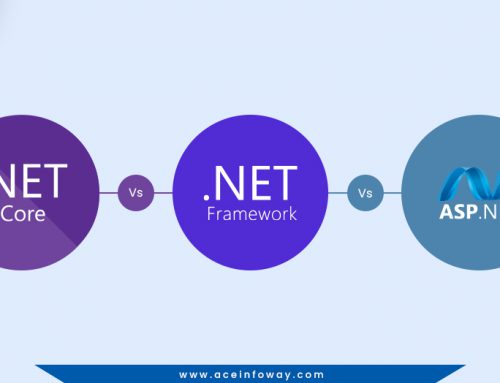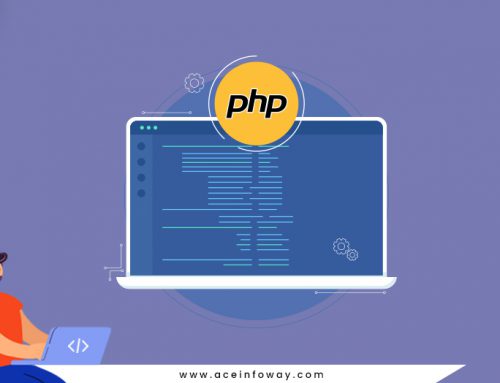Table of Contents
As we look ahead to 2024, we asked sixteen founders, CEOs, and other industry leaders to predict the trends that will dominate web development. From the rise of responsive design to the reshaping of web application deployment through WebAssembly, these experts provide a glimpse into the future of the field. Dive into their insights to stay ahead of the curve in the ever-evolving world of web development.
- Rise of Responsive Design
- Multilingual Websites Expand Reach
- Prioritizing Security in Software Development Lifecycle
- Progressive Web Apps Take Center Stage
- Dominance of Low-Code/No-Code Development
- Personalization Options Become Crucial
- Retro Design Makes a Comeback
- Focus Shifts to Better JavaScript Compilers
- Adapting to Google’s Organic Search Changes
- Drag-and-Drop Websites Gain Popularity
- Mobile-First Design Merges with Augmented Reality
- Zero Trust Architecture Secures Web Development
- Embracing the “Tech Triathlon”
- Quantum Computing Revolutionizes Web Development
- AI Enables Interactive Storytelling in Web Design
- AI Chatbots Explode in E-commerce
- WebAssembly Reshapes Web Application Deployment
01) Rise of Responsive Design
In a world of short attention spans, websites are adapting to deliver what users want before they realize it.
Responsive design allows websites to dynamically tailor content based on users’ historical usage patterns, adjusting layout, and functionality in real-time.
This is similar to how automated email software optimizes send times and types of content based on user interactions with the site and previous emails. Responsive web design tracks user behavior, adapting the website’s presentation to suit individual preferences. Most importantly, it delivers what they expect to do next, preemptively offering preferred navigation paths or commonly accessed features.
For example, if a user always looks at the prices first on e-commerce pages. The website will react and move all prices to the top of the product images.
Brett Downes, Founder, Haro Helpers
02) Multilingual Websites Expand Reach
Last year, we made our website multilingual, and it was like unlocking a whole new market overnight. Sales popped in regions we’d never imagined.
For 2024, I think global-friendly websites will be huge. If you’re thinking about how to expand your reach, consider adding new language options.
The world’s big; why limit your site to just one language group?
Dilruba Erkan, Consultant, Morse Code Translator
03) Prioritizing Security in Software Development Lifecycle
Ensuring the protection of users’ information and business data is crucial. Nowadays, making sure websites and apps are safe is a big part of creating software. In the future, it will be even more crucial to have strong locks and special codes to keep your private information safe.
If you own a website or business, it’s super important to make sure you’re protected from different online threats. It’s not just about keeping things safe; following important rules like GDPR and CCPA is also really necessary to make sure you’re doing things the right and legal way.
And, in this dynamic digital environment, where data is a prized asset, businesses must view adherence to regulations as a means of fostering transparency and accountability. Beyond legal requirements, it’s a commitment to respecting user privacy and upholding ethical standards in an interconnected world.
Jigar Mistri, Chief Technology Officer, Ace Infoway

SaaS Security Checklist
Get your free copy
04) Progressive Web Apps Take Center Stage
I believe that Progressive Web Apps (PWA) will take center stage in web development in 2024. PWAs have been around for a while, with many big names already having made the shift to PWA and reaped the benefits of increased engagement and conversions, like Trivago, Forbes, Spotify, Twitter, and Uber, to name a few.
But PWAs are also getting better by supporting many of the features that native apps support. PWAs offer the functionality and seamless user interface that consumers expect, directly in their browsers. As businesses strive for seamless, app-like experiences on the web, PWAs are a great choice for their ability to work offline, load quickly, and integrate with mobile device capabilities.
David Stellini, Co-Founder, All Front
05) Dominance of Low-Code/No-Code Development
In 2024, it’s my prediction that low-code/no-code development will dominate web development. This is a relatively new concept, which allows for the development of software without having to write any code. Instead, the idea is to utilize an intuitive user interface and drag-and-drop tools to set up workflows without needing extensive technical knowledge.
From small startups looking to quickly get their website up and running, to large enterprise organizations wanting agile deployments of complex solutions, low-code/no-code offers a versatile way for developers of all skill levels to create applications quickly with minimal cost. This involves creating custom applications from already existing components within the platform, such as images, text boxes, buttons, etc.
This saves not only time but also money, since companies don’t have to hire expensive programmers or devote more budget towards maintaining it from one release cycle after another.
Micajah McGregor, Chief Editor and Managing Partner, Fan Fest News
06) Personalization Options Become Crucial
For 2024, I reckon offering personalization options will be huge. One game-changer for me was embracing dark mode on my websites. Once I gave users the option to switch, the feedback was incredible! Even affiliate redirects during evening hours went up a bit.
Give your users the power to tweak their experience, and they’ll feel right at home on your site. Test out a few customization features and see what sticks.
Burak Özdemir, Founder, ozdemirburak.com
07) Retro Design Makes a Comeback

I’ve been a front-end developer for 12+ years, and I love noticing how trends in our daily lives influence web design. Just like the fashion world, which brought back late ’90s and early 2000s styles in 2023, web design is now starting to follow the same path.
Based on what I’m seeing in my work, the retro look, inspired by the year 2000 (Y2K), is making a comeback. We’re talking about bright colors, bold text, and fun graphics that remind us of the excitement around the new millennium. I believe these retro designs will become really popular on websites in 2024.
This isn’t just about looking back; it’s about bringing the fun of the past into the future of web design.
Luke Kowalski, Founder, Watch Binge Repeat
08) Focus Shifts to Better JavaScript Compilers
Everyone is talking about how React and other web development frameworks are focused on server-side rendering. However, developers are also placing more of an emphasis on creating better JavaScript compilers to simplify the development experience and ship less code to the browser.
For example, SvelteKit’s compiler allows a developer with vanilla JavaScript experience to quickly build reactive Svelte apps using familiar JavaScript features. SvelteKit’s popularity guarantees that web development frameworks in 2024 will focus more on creating better compilers, reducing code complexity, and reducing JavaScript bundles to only the bare essentials.
Ben Bozzay, Founder, Tech Lockdown
09) Adapting to Google’s Organic Search Changes
Google will continue to make dramatic changes to organic search, including launching a whole new look for search results called Search Generative Experience. This will replace the first screen on a desktop or phone with AI-generated answers to many searches.
The industry will scramble to respond to Google SGC.
Strengthening your website with informative content and products that keep your users on your page—and interacting with your pages—will be key.
This change will help developers see exactly what Google thinks its users want to see, which could be useful for redesigning how you deliver information or services online.
This will emphasize the need for companies to control their own destiny by improving their email marketing chops. Being able to drive relevant traffic to your site without relying on organic will be critical.
Google’s changes make it more obvious that building an audience on “rented land” (like social media, paid ads, or organic traffic) is no sure thing.
Dan Ketterick, Growth Manager, FleetNow
10) Drag-and-Drop Websites Gain Popularity
No-code websites will dominate the marketplace. Getting a custom website can cost thousands of dollars. Not every small business can afford this, especially if they’re just starting up.
Drag-and-drop websites gained popularity this year because they’re codeless and the epitome of DIY projects. More importantly, they’re affordable for the bootstrapped startup or entrepreneur—you could get started with a free trial on a site hosting platform or purchase a template for under $200.
I’d expect to see more of these drag-and-drop offerings in 2024 as they make having a professional online presence more accessible for early business owners.
Michael Nemeroff, CEO and Co-Founder, Rush Order Tees
11) Mobile-First Design Merges with Augmented Reality

The one trend I foresee transforming web development in 2024 is the pervasive adoption of mobile-first design integrated with augmented reality (AR). As we’ve observed through our in-depth analytics and market evaluations, users are increasingly demanding seamless, intuitive mobile experiences.
This shift is not just about scaling interfaces but about reimagining interaction models where AR can provide immersive experiences directly from a user’s pocket. This technology not only elevates user engagement but also empowers businesses to present their services in a more tangible way, particularly in sectors where visualization adds significant value. Ensuring that these innovative experiences are also accessible will be paramount.
By committing to this trajectory, we’re not just following the data; we’re aligning with a future where the boundary between digital and physical further blurs, enhancing every touchpoint of the user journey.
Ankit Prakash, Founder, Sprout24

90+ Tips to have Mobile-Friendly Web Design
Get your free copy
12) Zero Trust Architecture Secures Web Development
One trend I think we’ll see dominate in web development next year is Zero Trust Architecture (ZTA). This is a cybersecurity approach based on the principle of “never trust, only verify.” It’s designed to maximize security from both internal and external attacks. ZTA can help protect all manner of IT systems through practices we’re already familiar with, including multi-factor authentication.
It also works by implementing new elements, such as mutual verification, least-privilege access, and by limiting potential harm through segmenting the network into degrees of access.
Gates Little, President and CEO, altLINE Sobanco
13) Embracing the “Tech Triathlon”
Embrace the “Tech Triathlon”—that’s agility, sustainability, and security. Think of your company like a triathlete in a race, where success hinges on excellence in all three disciplines.
First, agility—stay nimble and ready to pivot, because in the tech world, the ground shifts faster than a cheetah on rollerblades. Next up, sustainability—code not just for today, but for the planet tomorrow; think green servers, eco-friendly practices, and software that sips rather than gulps power.
Lastly, security—build it as if you’re guarding the crown jewels, because in the digital age, data is royalty. Nail the Tech Triathlon, and you’re not just winning the race; you’re setting a pace for a healthier, safer, and more adaptable future.
Alex Stasiak, CEO and Founder, Startup House
14) Quantum Computing Revolutionizes Web Development
In 2024, I predict the rise of quantum computing in web development. As a CEO of a tech company, I am in constant awe of quantum computing’s potential speed, which I believe will revolutionize how we develop websites. It’s the next level of power and speed needed for creating highly intelligent, responsive, and rich websites that respond in real-time with lightning speed.
Imagine websites that load in milliseconds, capable of handling immense data loads with no lag—that’s the game-changing capability we’re looking at with quantum computing in web development.
Abid Salahi, Co-Founder and CEO, FinlyWealth
15) AI Enables Interactive Storytelling in Web Design
In 2024, AI in web design enables content that tailors itself to each user, delivering a personalized and engaging experience. Real-time content generation by AI empowers designers to craft interactive narratives responsive to user input and external events, including games, quizzes, and choose-your-own-adventure experiences.
Moreover, web designers can produce bespoke illustrations, animations, and 3D models to enhance storytelling. Predictive analytics aids in making real-time decisions on content placement and progression. At Wainbee, we are planning to incorporate AI in our e-commerce web design to make our industrial products more appealing and visible. We are working with Scandiweb to make this happen.
Campbell Tourgis, Executive Vice President and Chief Operating Officer, Wainbee
16) AI Chatbots Explode in eCommerce
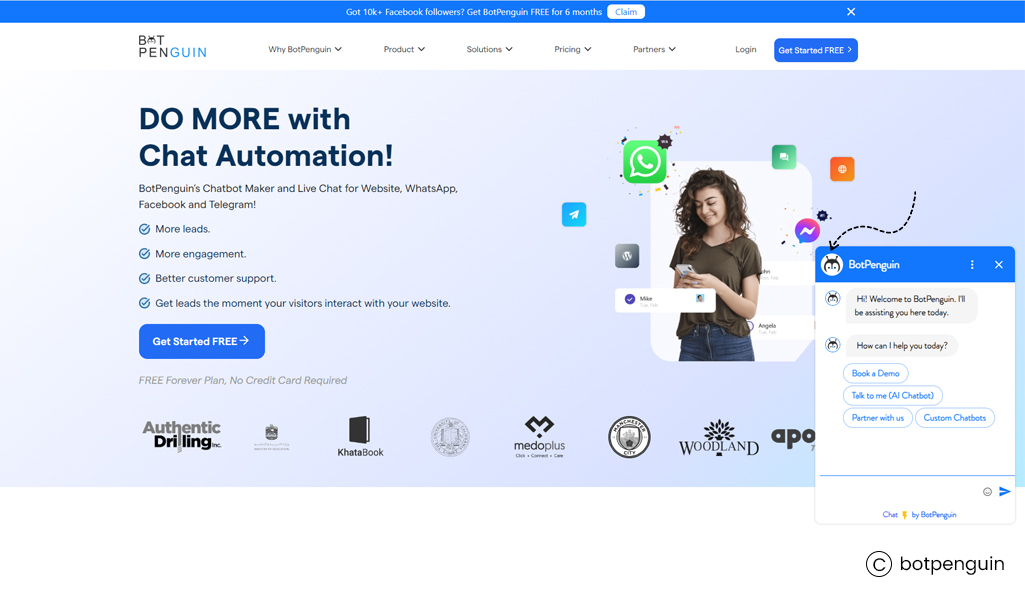
The AI chatbot industry will continue to explode in 2024 and beyond, especially in the eCommerce industry. With new developments in machine learning, NLP, and data analytics, chatbots will be increasingly empowered to give hyper-personalized responses based on an individual’s preferences and actions on a website.
Chatbots will also be equipped to emulate human speech more closely and in a nuanced way, making them less easily distinguishable from human support agents. The result will be increased time savings for businesses as well as improved satisfaction for customers, who will be able to get their questions answered promptly and accurately in real time.
Chloe Brittain, Founder, Monday Roadmap
17) WebAssembly Reshapes Web Application Deployment
One trend I predict will dominate in 2024 is the rise of WebAssembly (WASM), which will reshape how we design and deploy web applications.
My advice is to investigate the potential of WebAssembly in your development strategies as soon as possible. WASM’s ability to execute code at near-native speed across multiple platforms opens up previously unimagined possibilities. It is a paradigm shift, not just a technological evolution, that enables richer, more dynamic web experiences. We’ve already begun integrating Wasm at CompareBanks, and we’ve seen improved performance and scalability.
Percy Grunwald, Co-Founder, Compare Banks

Guide To Software Product Development By Experts [eBook]
Get your free copy
The future of web development is poised to feature critical elements such as responsive design, AI-powered chatbots, and other cutting-edge technologies. Our professional services in dynamic web development are designed to align seamlessly with these trends, ensuring a sophisticated and forward-looking online presence tailored to your unique requirements. Join us on this journey as we collaboratively shape the future of web excellence.









